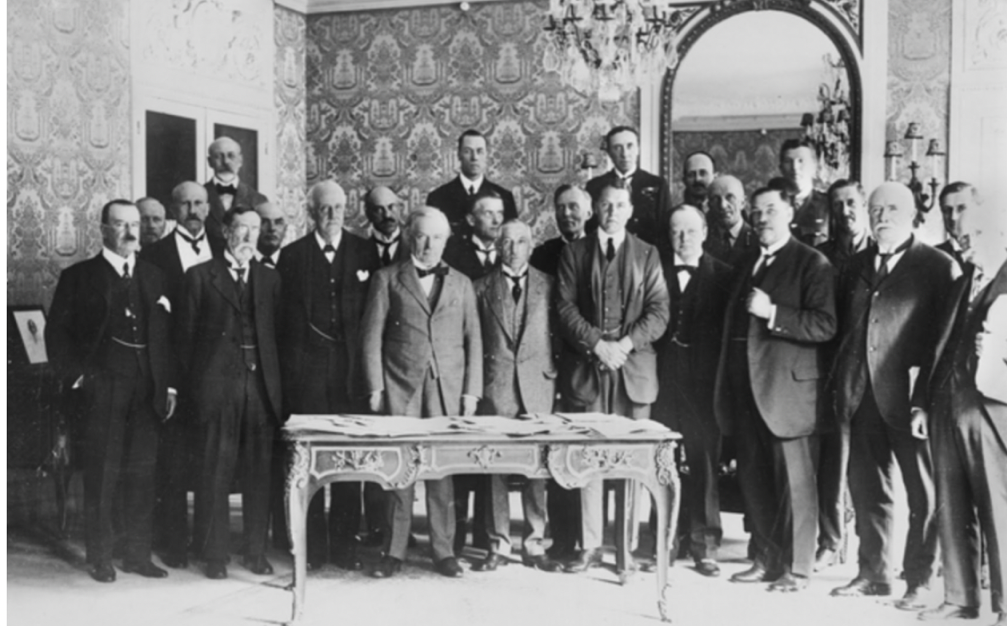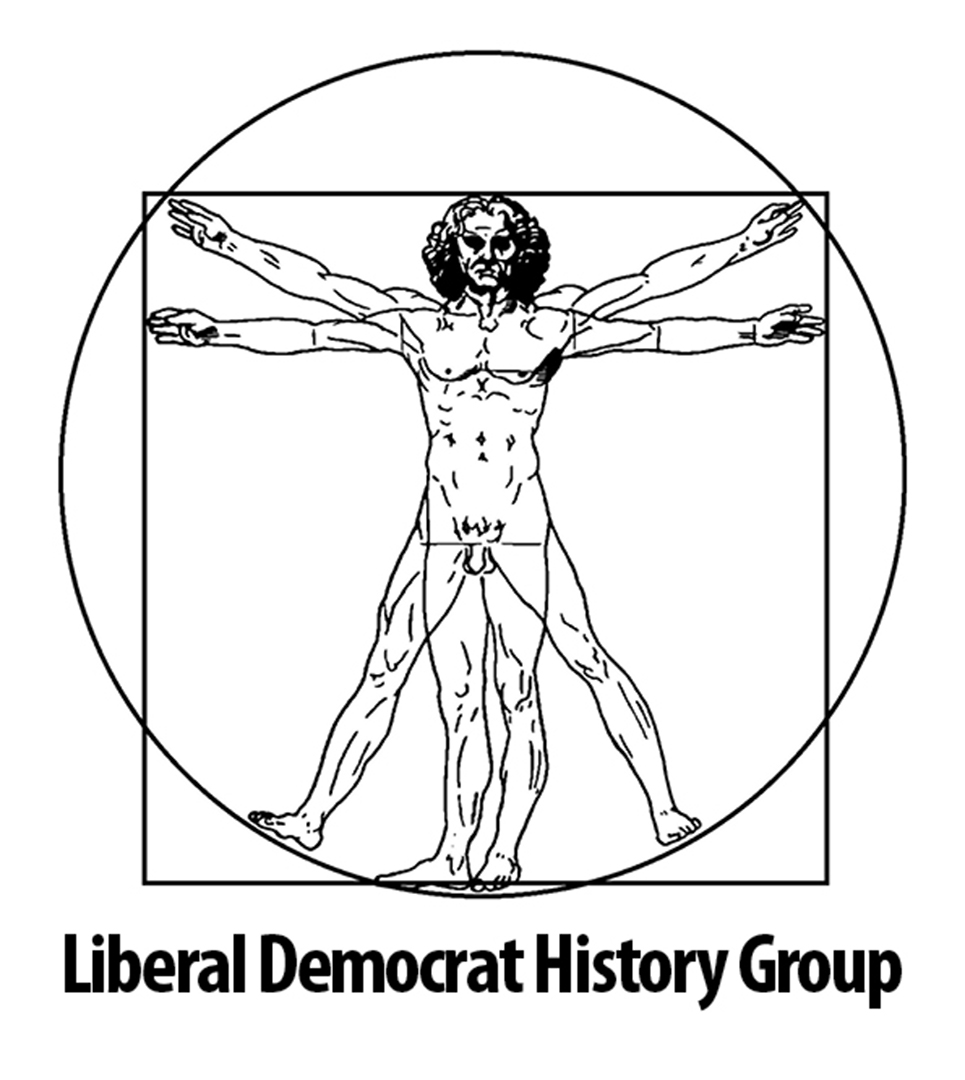When Lady Violet Bonham Carter died in 1969, the Liberal Party lost its most powerful and indomitable female campaigner. The vacuum she left was filled by Beatrice Nancy Seear, always known by her middle name, a formidable politician possessed of a towering intellect. Seear was an active Liberal and latterly Liberal Democrat for over fifty years and in the 1990s she remained an enduring link with the bleakest period in the party’s history.
Seear was born on 7 August 1913 in Croydon, Surrey. She took a history degree at Newnham College, Cambridge and during the 1930s spent time in Germany. There she observed at close hand the rise of Nazism and her experiences shaped her political convictions. She was a life-long Liberal. For ten years, until 1946, Seear worked as personnel manager at C. & J. Clark, the Somerset shoemakers long connected with the Liberal Party. During that time she was seconded to the Ministry of Aircraft Production, headed at that time by Lord Beaverbrook, where she was an assistant to a member of the Production Efficiency Board. She joined the London School of Economics as Reader in Personnel Management in 1946 and remained there until retirement thirty-two years later.
During the 1945 general election Seear helped Lady Violet Bonham Carter’s unsuccessful campaign in Wells. Undaunted by that experience, Seear contested the next seven general elections, fighting Hornchurch in 1950 and 1951, Truro in 1955 and 1959, Epping in 1964, Rochdale in 1966 and finally Wakefield in 1970. She finished third on each occasion but relished every contest. Seear ws not a community politician and did not attempt to cultivate deep roots in any one particular constituency. Instead, she relied upon her powers exposition and debate to win round audiences at public meetings. These talents were to be exploited to the full when she was elevated to the peerage as Baroness Seear of Paddington in 1971.
Jeremy Thorpe used his power to nominate life peers to bring into the House of Lords intellectually able Liberals who had little chance of winning election to the Commons, but who were willing to devote their time to the activities of the Upper House. Seear fitted the bill perfectly. She was extremely well respected in the House for her incisive and unscripted comments as Liberal spokesman on economic and employment affairs. In 1981 she chaired a House of Lords Select Committee on the issue of unemployment. She campaigned enthusiastically for equal pay, although she was critical of the feminist movement.
Seear replaced Lord Byers as the Liberal leader in the House of Lords on his death in 1984. One year later television was introduced into the House for the first time and in the last decade of her life Seear became a media personality. She was already very well known within the Liberal Party, having been the party’s President in 1965. The public met her for the first time through programmes such as Question Time. The grandmotherly Baroness, hunched over the famous round table, not only spoke persuasively across a range of subjects but relished the opportunity to put cabinet ministers forty years her junior firmly in their place. Her sharp-witted good humour was often in evidence on the campaign trail in both general election and by-election campaigns. Sir Robert Rhodes James recalled her remarking, towards the end of 1987 general election campaign, that: ‘I never want to meet another bloody pensioner again!’
Seear strongly backed the merger of the Liberal Party and the SDP which formed the Liberal Democrats in 1988 and was happy to make way for Lord Jenkins as Liberal Democrat leader in the Lords without a contest. She worked as his deputy until her death. Aside from the Liberal Party, Seear participated in a bewildering array of voluntary organisations. At various times she was President of the Institute of Personnel Management, the Fawcett Society, the British Standards Institute and the Liberal Summer School and she was chairman of the National Councils of Carers and Single Women. She never married and divided her time between her flat in Kennington and her cottage near Bergerac, France. She died on 23 April 1997 in London.
Mark Egan
This biography first appeared in the Dictonary of Liberal Biography (Politico’s Publishing, 1998).

Journal of Liberal History
For the discussion and research of Liberal, Liberal Democrat and SDP history
Developed and hosted by Prater Raines
